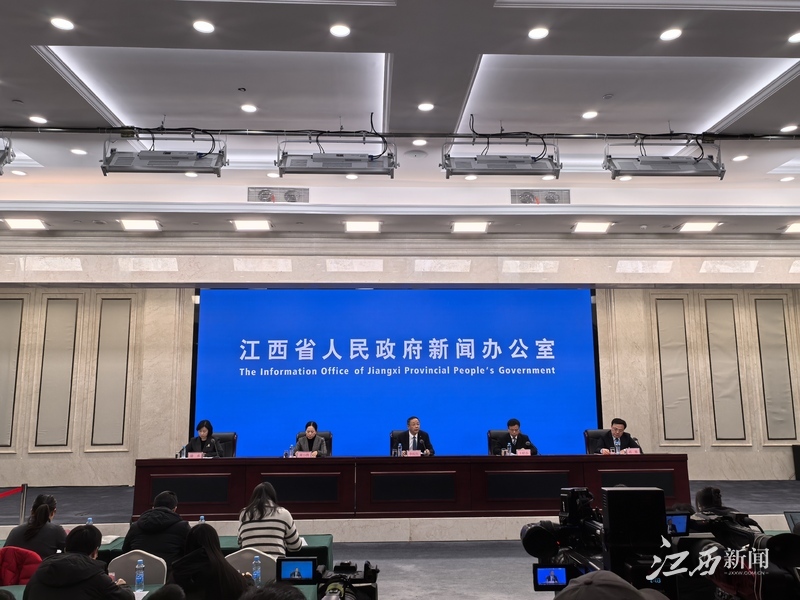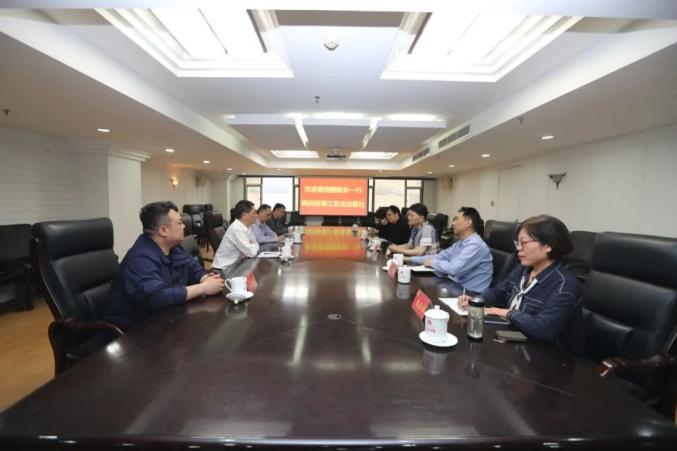What Is The Current Situation Of The Tanzania-Zambia Railway, Which Was Invested 1 Billion 50 Years Ago And Built By China To Aid Africa?
What Is The Current Situation Of The Tanzania-Zambia Railway, Which Was Invested 1 Billion 50 Years Ago And Built By China To Aid Africa?
Speaking of the Tanzania-Zambia Railway, this matter has to start with the wave of African independence in the 1960s. At that time, Zambia and Tanzania had just escaped from the colonial shackles and became independent in 1964.

Speaking of the Tanzania-Zambia Railway, this matter has to start with the wave of African independence in the 1960s. At that time, Zambia and Tanzania had just escaped from the colonial shackles and became independent in 1964.
Zambia relies particularly on copper mine exports, but once the white regimes in the south blockade the transportation lines, the entire economy will be stuck. Rhodesia blocked the checkpoints tightly, and the copper mines piled up in the warehouse and couldn't get out. The Zambian government was in a hurry.
President Kaunda thought at that time that he had to build a road and find a reliable outlet. The port of Dar es Salaam in Tanzania is on the east coast, not far away. The leaders of the two countries decided to build a railway to directly lead to the inland, with a total length of 1,860 kilometers, from the coast to Kapirimposhi in the Copper Belt Province.
They first asked the West for help. When the World Bank and European and American countries saw that the project was risky, the terrain was complex, and it had to pass rainforests and rivers. They shook their heads and refused. Zambia and Tanzania have no choice but to hit walls everywhere.
Finally, around 1965, they turned to China. At that time, the People's Republic of China had just been in the founding of the People's Republic of China for a few years, and the economy was quite tight, but it was about to open up the situation in diplomacy, and it was in a stalemate with the Soviet Union and was in opposition to the United States, so it turned its attention to Asia, Africa and Latin America. The construction of railways is not only a helping for China, but also a closer distance from Africa and enhance its international image.

On September 5, 1967, the Three Kingdoms signed an agreement in Beijing, and China promised an interest-free loan of RMB 988 million, provided nearly 1 million tons of equipment and materials, and sent 56,000 design and construction personnel.
During peak hours, 16,000 Chinese people took action. This money was not a small amount at that time, equivalent to a part of China's foreign exchange reserves for several years, but China gritted its teeth and withstood it.
The survey started in October 1968 and officially started construction in October 1970. It took five years to go through the entire line until June 24, 1975. This railway became the longest single-line railway in sub-Saharan Africa and China's largest foreign aid project at that time.
Why does China do this? On the one hand, there is a strategic need to help African brothers get rid of economic dependence and support their anti-colonial struggle. praise
Not only did Bia export copper to itself, it also wanted to use this line to aid the liberation movement in southern Africa and transport weapons and supplies to the guerrillas. On the other hand, it is also of great benefit to China. After the railway was built, African countries remembered this feeling. When the United Nations restored its seat in China in 1971, 76 votes were in favor, of which African votes accounted for the majority.
This is not only a matter of votes, but also a great diplomatic victory. After the railway was opened to traffic, it soon became the main artery of transportation between Tanzania and Zambia. Zambia's copper mines could finally reach the Indian Ocean and bypass the white-controlled areas. The early operation data was impressive, with a total of 30 million tons of cargo shipped and 40 million passengers carrying, greatly improving local logistics.

But then again, the significance of this railway is more than economics. It symbolizes China-Africa friendship. Both Kaunda and President Nirel both publicly said that China is really helping, without conditions attached, unlike the West that always wants to take advantage.
Stations, bridges and tunnels have been built along the railway, with a total of 22 tunnels and 320 bridges, with a huge project volume. Chinese workers and technicians not only build roads, but also train local employees to teach them to maintain and operate.
By the time the traffic was opened, thousands of Tanzan workers had mastered their skills. In the context of the lack of infrastructure in Africa at that time, this was equivalent to giving them a solid independent lesson.
In the early days of opening the railway, the railway was very popular. Zambia's copper exports rose rapidly, and Tanzania's ports became lively, with cargo boarding from Dar es Salaam, radiating across East Africa.
Economically, copper mines contributed a lot in Zambia's GDP, and this line directly stimulated employment and trade. Politically, it helped promote the independence process of Rhodesia and Namibia, with materials continuously transported through railways, avoiding more blockade losses.
China-Africa relations have become more ironed and become the prototype of the later "Belt and Road" spirit. Think about it, China became so poor 50 years ago, and spent so much money on it. Everyone has to accept this sincerity.

However, the good times did not last long, and there were problems in the railway operation within a few years. At that time, the Zambian government was in a tight financial situation and could not keep up with it. It only cared about its use and did not care about repairs. The repair shops are closed one by one, and the equipment is seriously aging.
In the 1980s, global copper prices fluctuated, Zambia was burdened with debt, and the railway budget was cut. The same is true in Tanzania, with the country's planned economy transforming and funds shortage. As a result, a lot of locomotives and carriages were scrapped. By the 1990s, there were only 9 locomotives left, and less than half of the trucks could run.
Operational efficiency plummeted, and transportation volume dropped from a million ton at its peak to more than 100,000 tons per year. Cross-border trains are often delayed, passengers complain about long-term cargo delays, and cannot compete with highways and emerging ports.
Entering the 21st century, challenges more. Tropical climate corrodes tracks, floods in rainy season wash down roadbeds, and wildlife interferes with maintenance. In terms of management, the Tanzania-Zambia Railway Bureau () is a joint venture between the two countries, but coordination is not smooth and decision-making is delayed.
In 2013, they bought 10 3,000-horsepower diesel locomotives from China Southern Motor, which eased the ignition famine, but the flood was dropped. In 2015, China assisted 4 locomotives and 18 passenger cars, increasing the fault-free mileage.
But overall, the railway is still hovering on the verge of recession. As the epidemic came in 2020, the transportation volume was cut in half and the debt accumulated to hundreds of millions of dollars. In the Zambia economic crisis, although copper mines were the pillar, they could not be transported by railways, and mining companies turned to trucks, making the road conditions worse.

In recent years, the economic impact of railways has been quite complicated. On the one hand, it promoted regional integration, and the trade volume of Tanzania and Zania increased several times, and towns along the route developed and schools and hospitals were built.
On the other hand, the maintenance costs are high and the operating losses are coming year by year, which has become a financial burden between the two countries. Research shows that if the railway is well repaired, the railway can save Zambia 20% of logistics fees and promote mining exports.
But the reality is that competitors emerge, like the Robito Corridor in Angola, the United States and the European Union invested $4 billion in upgrading and grabbed the copper mine share. The transportation volume was sluggish, and only 120,000 tons of goods were drawn in 2023, far below the design capacity.
By 2024, things will turn a little bit. China regained its old friendship and talked about its revitalization plan. Tanzania and Zach came to the door and asked for assistance for renovation. China Civil Engineering Group (CCECC) took over, and in March 2025, negotiations finalized a US$140 million investment.
Of this, 100 million are used for infrastructure renovation, track renovation, signal system upgrade, bridge reinforcement, etc. The remaining 40 million yuan is left to buy 32 new locomotives and 762 truck compartments, greatly increasing transportation capacity.
The agreement is a public-private partnership model. CCECC has obtained a 30-year operating concession, and the railway is kept closed and not open to the public. This is different from Robito's open model, which is specially used for minerals.

On July 25, 2025, the agreement was officially signed, and the Minister of Transport of Zambia stated that employees would not be transferred to the training due to revitalization. Tanzania allocated $10.2 million to buy equipment in its budget.
But overall, the project has been launched, with a capacity of 2.4 million tons expected to be transported within four years, helping exports of copper and minerals. Zambia denied unemployment concerns, said it would create new jobs and train local engineers.
The railway is still running in. Cross-border services have been interrupted several times, and bridge fires are new trouble, but investment is injecting vitality. The number of locomotives increased from 9 to more than 20, and the daily running distance was extended.
Tanzanian minister shared progress at the April China United Zambia meeting, saying that the railway will connect the East African community and enhance regional trade. Economists estimate that after the renovation, Zambia's copper exports can be 10% higher and GDP will be 0.5%. The challenge is still there, debt restructuring and coordination of the interests of both countries, but China is experienced and brought out local backbones when it built the road last time, which can be replicated this time.

In the long run, this railway is not only a railway track, but also a living specimen for China-Africa cooperation. 50 years ago, it helped Africa break the blockade; now it can help Zambia revitalize its mining industry and avoid debt traps. The West always says that China's aid has traps, but the fact is that there are no additional political conditions and pure infrastructure.
In contrast, although the Robito project in the United States is big, it has a strong geographical flavor. If the Tanzania-Zambia Railway is successfully upgraded, it can balance the logistics pattern in East Africa, reduce dependence on highways, and also have an advantage in environmental protection - trains save fuel and carbon reduction than trucks.
Of course, success depends not only on money, but also on good operations. The lesson in the past was that it is easy to build and it is difficult to raise. Tanzania and Zachary must strengthen supervision to avoid corruption and misappropriation of funds. Chinese companies lead technology, but localization is the key, and Africans must take the helm themselves.
Conclusion:
50 years have passed, and this line has changed from a friendship path to an economic engine. It reminds us that aid is not charity, but mutual benefit and win-win situation. In the future, electrification may be on the agenda, connecting more mining areas and ports.






